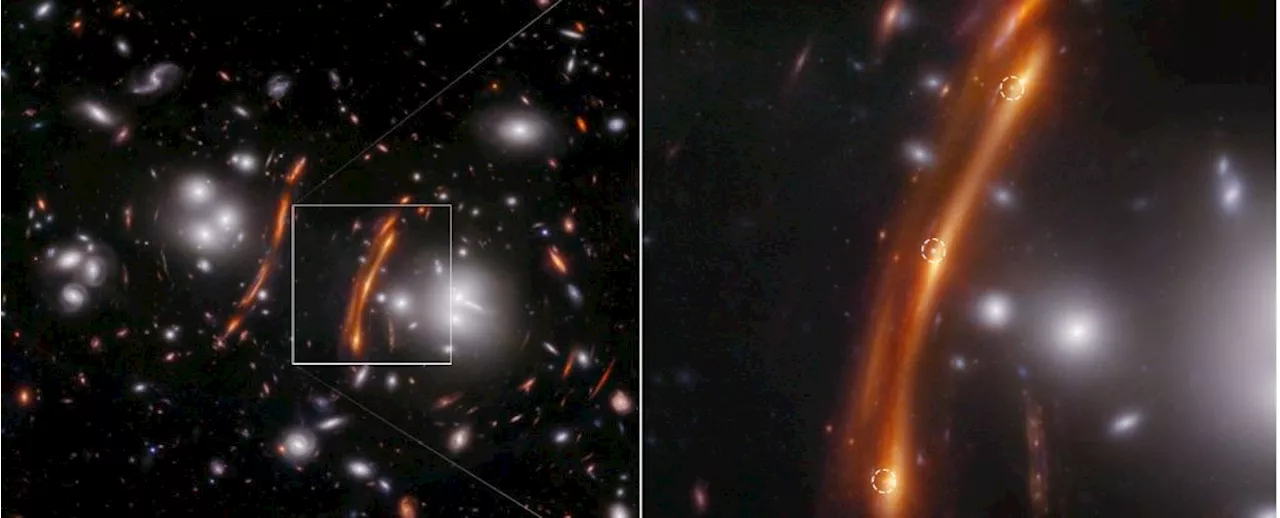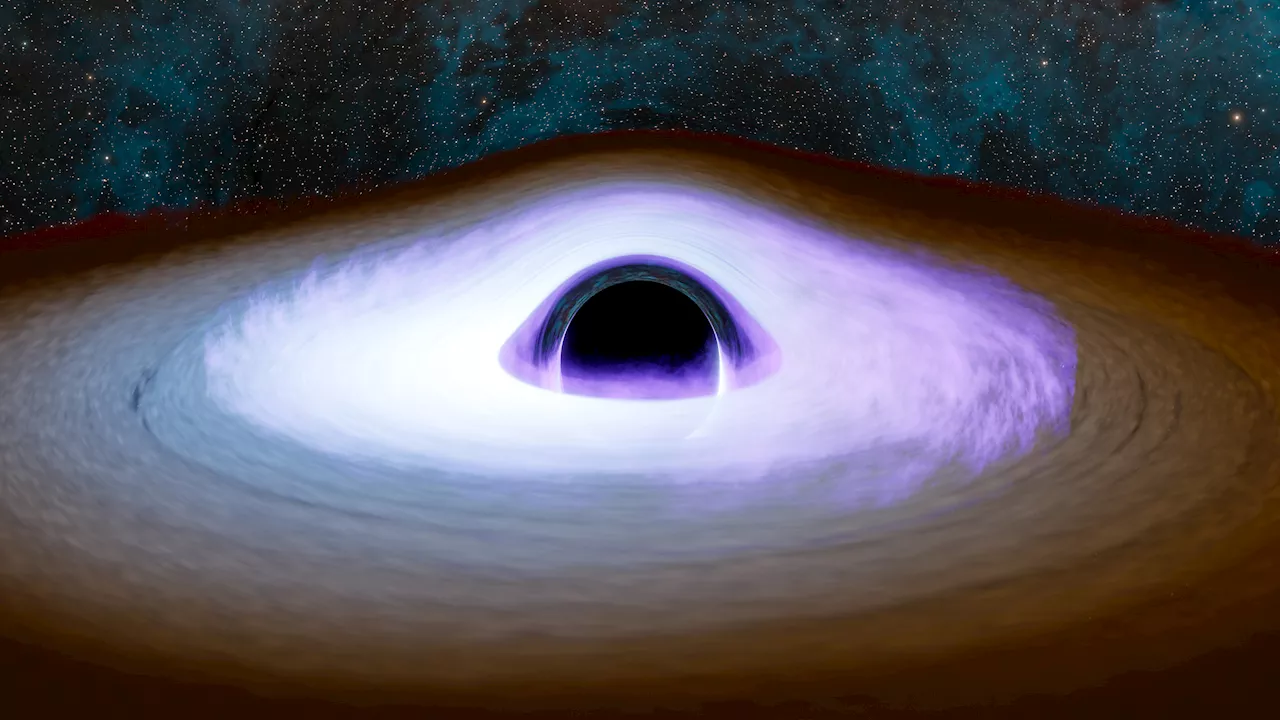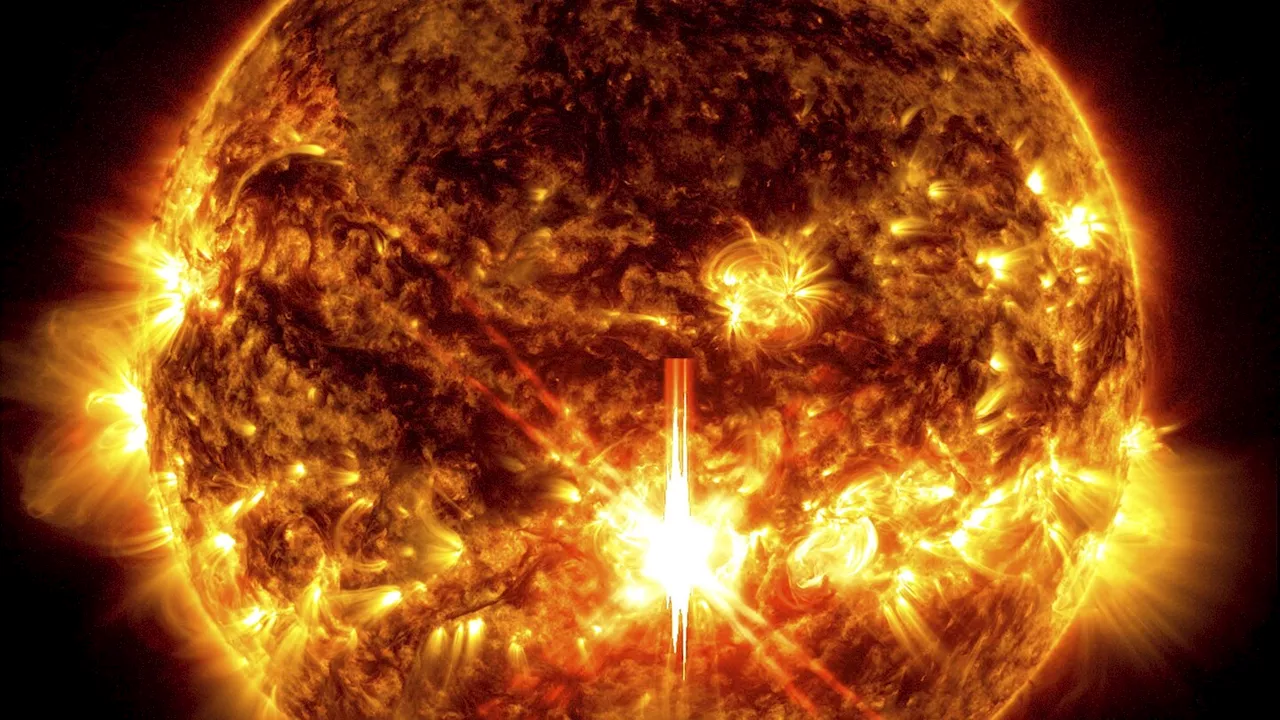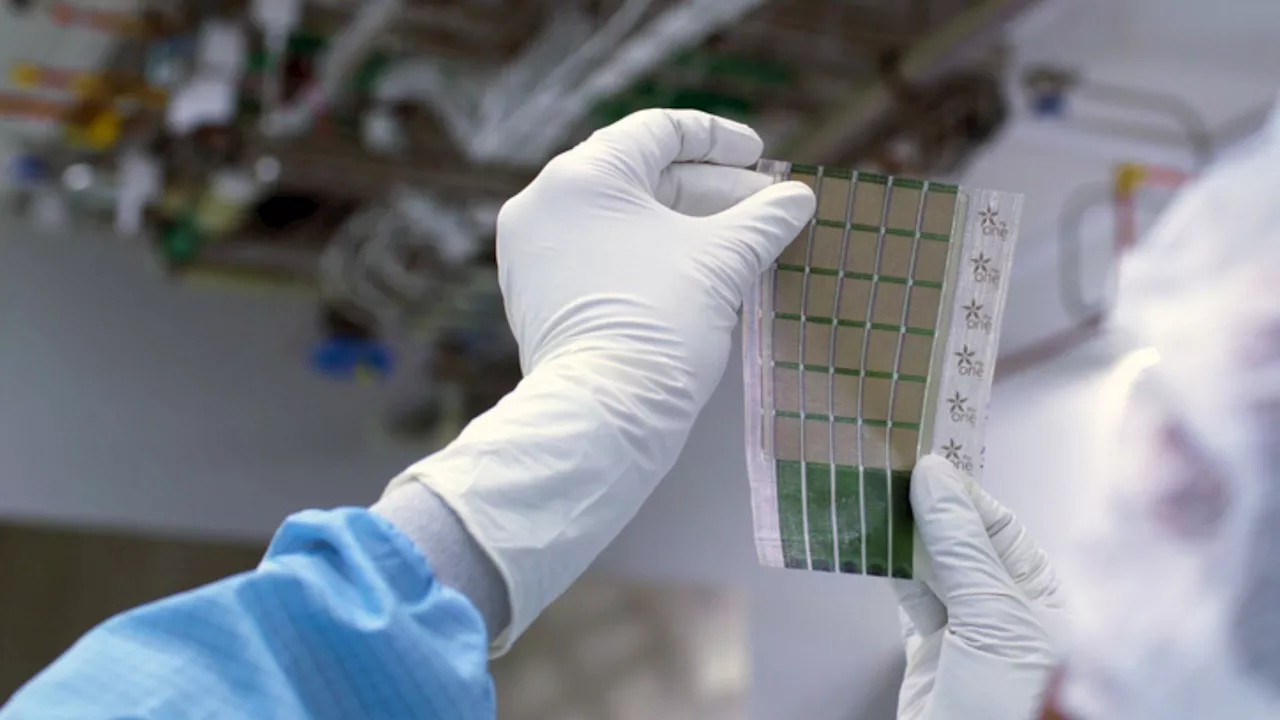Researchers enhanced light-matter interaction in silicon, boosting solar cell efficiency and enabling new energy applications.
Researchers have developed a new method for light and matter interaction, paving the way for the production of ultrathin silicon solar cell s.
The team highlights that the discovery may contribute to the expansion of energy-converting technology into a wide range of uses, such as onboard car and device charging and thermoelectric apparel.In the new study, researchers used a new method that involved changing the light instead of the material.
As an indirect bandgap semiconductor, silicon’s limited optical properties hinder advancements in solar energy conversion and optoelectronics. This is a significant drawback, given that silicon is the second-most abundant element in Earth’s crust and serves as the foundation for the global computer and electronics industries.
“Figuratively speaking, we can ‘tilt the textbook,’ as these photons enable diagonal transitions. This dramatically impacts a material’s ability to absorb or emit light,” said Ara Apkarian, distinguished professor emeritus of chemistry at UC Irvine and co-author of the study.
Photon Semiconductor Solar Cell Solar Energy Sustainability UC Irvine University Of California
United States Latest News, United States Headlines
Similar News:You can also read news stories similar to this one that we have collected from other news sources.
 Researchers develop Janus-like metasurface technology that acts according to the direction of lightResearchers have overcome the limitations of existing metasurface technologies and successfully designed a Janus metasurface capable of perfectly controlling asymmetric light transmission.
Researchers develop Janus-like metasurface technology that acts according to the direction of lightResearchers have overcome the limitations of existing metasurface technologies and successfully designed a Janus metasurface capable of perfectly controlling asymmetric light transmission.
Read more »
 NYC gets green light to quadruple number of red-light camerasGov. Kathy Hochul signed a bill allowing the city to increase the number of intersections with red-light cameras from 150 to 600.
NYC gets green light to quadruple number of red-light camerasGov. Kathy Hochul signed a bill allowing the city to increase the number of intersections with red-light cameras from 150 to 600.
Read more »
 Supernova's Distant Light Sheds New Light on Hubble TensionA newly observed supernova, dubbed H0pe, has provided a new measurement of the Hubble constant (H0), which describes the rate at which the universe is expanding. This measurement, along with others, highlights a persistent discrepancy known as the Hubble tension, where different methods of measuring H0 yield conflicting results.
Supernova's Distant Light Sheds New Light on Hubble TensionA newly observed supernova, dubbed H0pe, has provided a new measurement of the Hubble constant (H0), which describes the rate at which the universe is expanding. This measurement, along with others, highlights a persistent discrepancy known as the Hubble tension, where different methods of measuring H0 yield conflicting results.
Read more »
 Researchers restore the performance of quantum dot solar cells as if 'flattening crumpled paper'Researchers adopt a new ligand to enhance the efficiency and stability of perovskite quantum dot solar cells. Solar cell efficiency increases to 15.3% by correcting distortions on the surface of quantum dots.
Researchers restore the performance of quantum dot solar cells as if 'flattening crumpled paper'Researchers adopt a new ligand to enhance the efficiency and stability of perovskite quantum dot solar cells. Solar cell efficiency increases to 15.3% by correcting distortions on the surface of quantum dots.
Read more »
 NASA’s IXPE Helps Researchers Determine Shape of Black Hole CoronaNew findings using data from NASA’s IXPE mission offer unprecedented insight into the shape and nature of a structure important to black holes called a corona.
NASA’s IXPE Helps Researchers Determine Shape of Black Hole CoronaNew findings using data from NASA’s IXPE mission offer unprecedented insight into the shape and nature of a structure important to black holes called a corona.
Read more »
 Northern light forecast: Solar flares may cause faint aurorasSolar storms may cause faint auroras across fringes of the northern United States this weekend. Forecasters are also monitoring for possible disruptions to power and communications. The sun’s magnetic field is currently at the peak of its 11-year cycle, making solar storms and northern lights more frequent.
Northern light forecast: Solar flares may cause faint aurorasSolar storms may cause faint auroras across fringes of the northern United States this weekend. Forecasters are also monitoring for possible disruptions to power and communications. The sun’s magnetic field is currently at the peak of its 11-year cycle, making solar storms and northern lights more frequent.
Read more »
